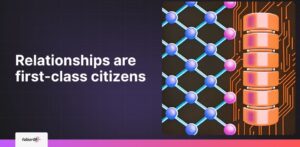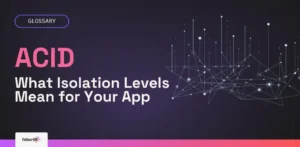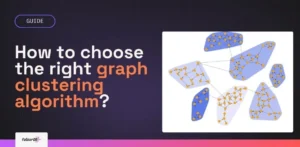
Beyond Rows and Columns: The Hybrid Future of Databases
FalkorDB unites OLTP precision and OLAP speed through sparse adjacency matrices, enabling vectorized graph traversal and direct node access for AI-driven connected data workloads.

FalkorDB unites OLTP precision and OLAP speed through sparse adjacency matrices, enabling vectorized graph traversal and direct node access for AI-driven connected data workloads.

KuzuDB has gone through EOL. FalkorDB has put together a simple, 2-step migration guide for developers looking for an alternative graph database.

We built Text-to-Cypher to let you chat with FalkorDB graphs using plain English. Get instant Cypher query generation via REST API or MCP server. Open source, Docker-ready, with real-time SSE updates.

As a Cloud Security vendor, you’re building protection systems for environments that constantly change. Your customers deploy across containers, serverless, ephemeral compute, and IaC pipelines. You need to correlate misconfigurations, permissions, and runtime signals across identity, network, and workload layers, at scale, in real time, without losing performance or exceeding the scoped operational costs. That’s where graphs come in.

FalkorDB BYOC deployment now spans AWS and Google Cloud Platform. Run fully managed graph database instances directly within your cloud subscription while maintaining data sovereignty across all major cloud providers.

MCP simplifies how LLMs access tools and graph databases. Learn how FalkorDB’s MCP server enables structured, scalable AI integrations.

A developer-focused guide to understanding and using knowledge graphs for GraphRAG, LLM integration, schema design, and high-precision retrieval in 2025.

Accurate data retrieval via GraphRAG boosts inference, reduces hallucinations, and secures personalized memory storage for AI agents.

Understand ACID transactions. Learn how isolation levels impact data consistency in your applications, plus choosing the right model.

Learn about graph clustering algorithms: hierarchical, modularity-based, label propagation, spectral, and edge betweenness. Analyze their strengths, weaknesses, and optimal use cases.